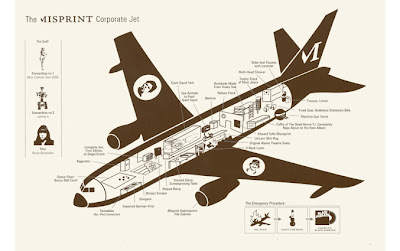Italian Vernacular Cinema - 1970's.
Famous for auteurs such as Fellini who made comments on the superficiality of the middle class. Most well known for his work "La Dolce Vita" and "8 1/2".
Cinemas at this time were spilt into
- Prima Visione and Seconda Visione.
- Terza Visione (rural areas, cheaper).
The Italian working classes at this time would go to the cinema every night much like a social event. They were allowed to talk, drink and eat during the film and could walk in or leave at any point. This made them much more like a television audience then one we'd expect today in modern cinema's.
Filone was a term they used often which was close to the english word 'genre'. This was based on geology, layers within a larger layer.
Some examples of 'Filones' are
- 'Giallo' - Detective.
- Spaghetti Western.
- Mondo/Cannibal
- 'Poliziottesco' - Police.
Spaghetti western is probably the most well known today. These were cowboy films directed by Italians and include films like the "The good, the bad and the ugly" - 1966 (Sergio Leone).
Known for it's specific characteristics
- Lack of dialogue.
- Use of eye-line and cutting.
- Differences in scale.
- Use of camera to tell story.
- Fragmentation of the body.
- Catholic references.
Giallo was Italian for "yellow" like the colour of detective paperback novels of the time. Stylish and expressionistic but challenge 'good taste'. Exploitation movies. Similar to grindhouse in America.
First 'Giallo' was by Mario Bava. "The girl who knew too much".
Based on a private eye who views a murder. Protagonist is usually American or English and visiting Italy. Always a city scape such as Rome or Milan. Never Rural.
Artistic eye again and religious references.
'Giallo' killers also had trademarks.
- Black gloves.
- Black hat.
- Black overcoat.
- Disguised gender.
- Priests often used as part of gender confusion.
Dario Argento was famous for this 'filone' and was dubbed the Italian Hitchcock. He placed himself as the killers hands whenever they were shot. Visually stunning set pieces shot without sound so films could be dubbed.
"The bird with the crystal plumage". Argento's debut picture.
- Protagonist was an American writer.
- Use of eye-line shots.
- Use of yellow.
- Solution often triggered by piece of art.














































































